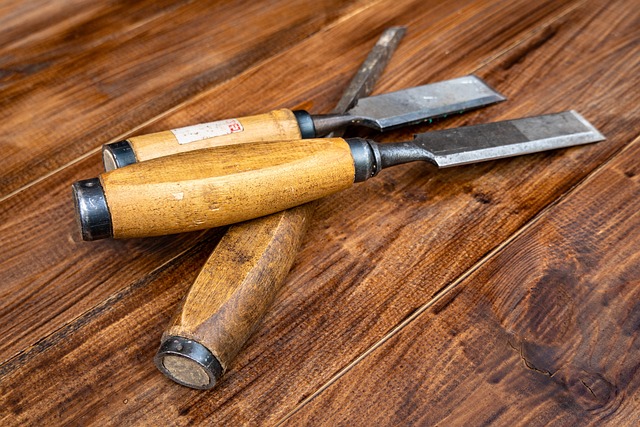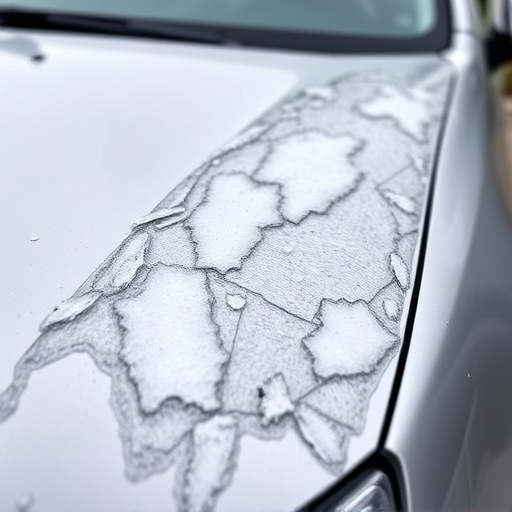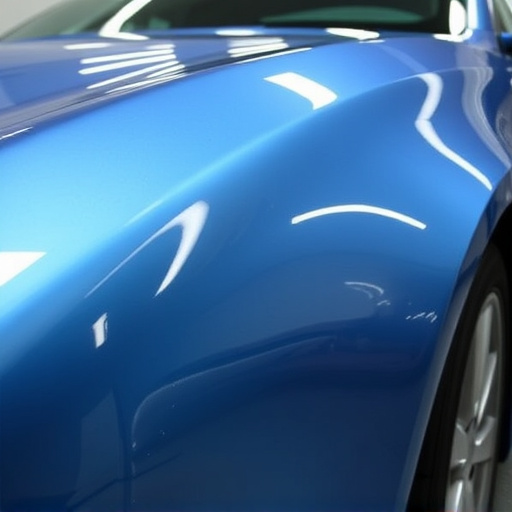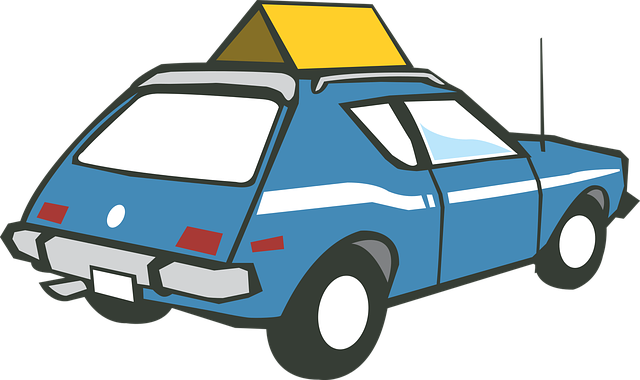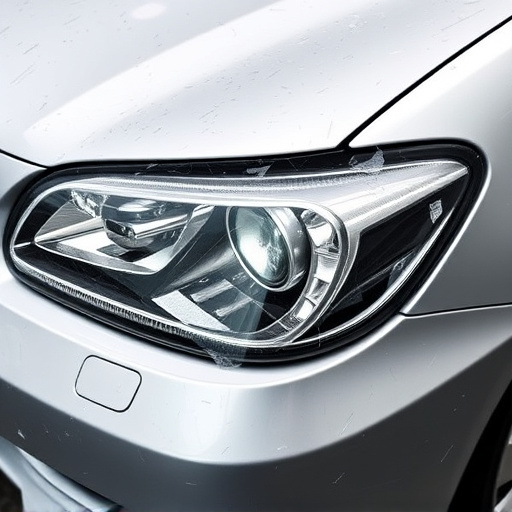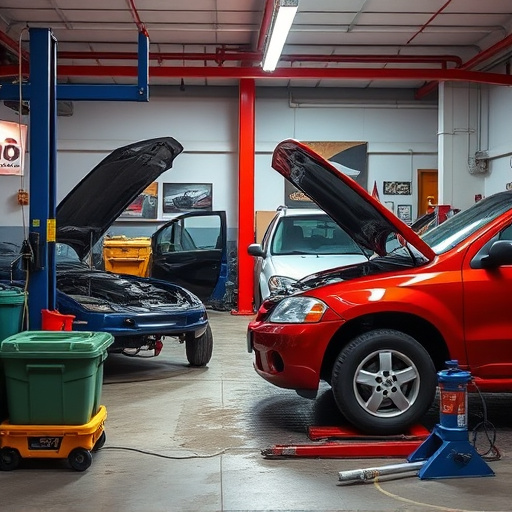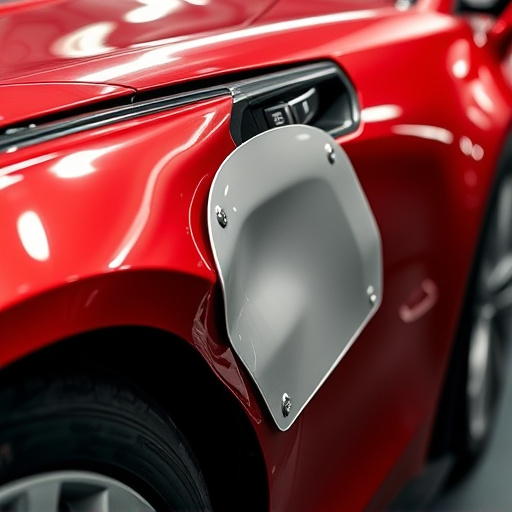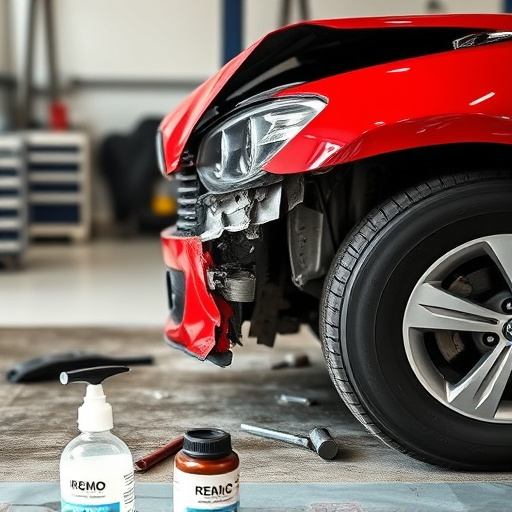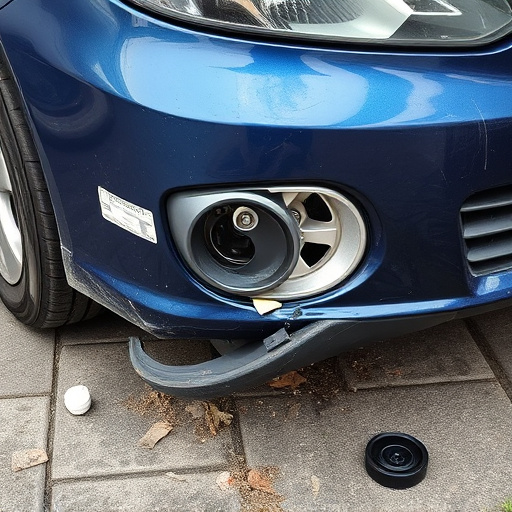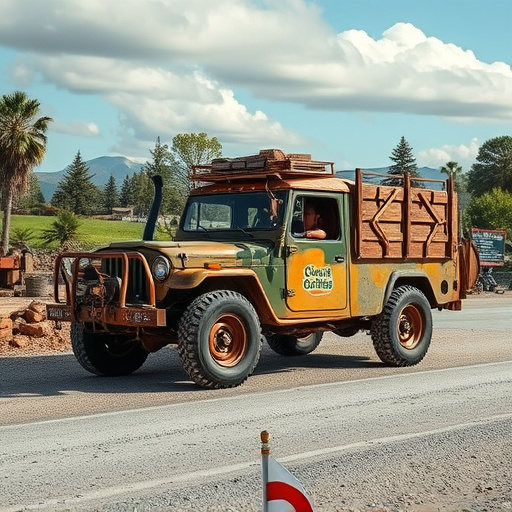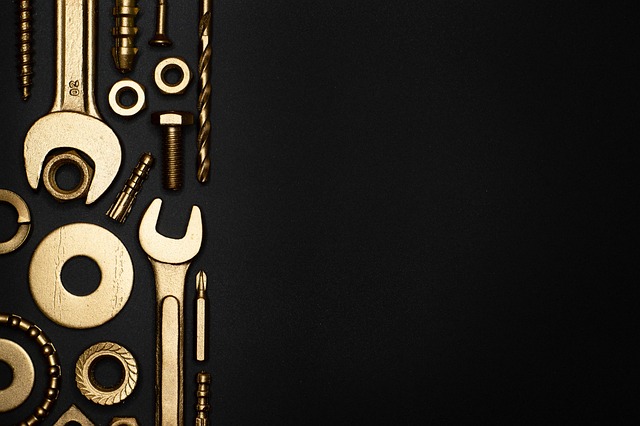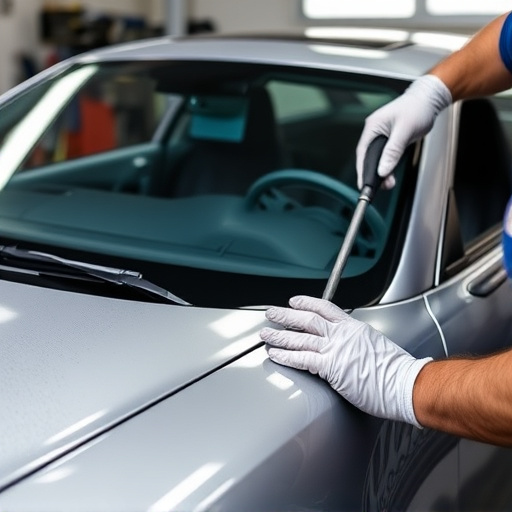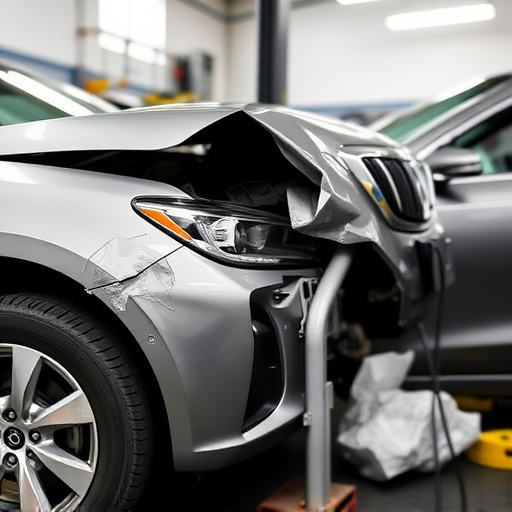Dent repair techniques have evolved to blend traditional craftsmanship with modern technology, creating hybrid methods that offer unparalleled precision and efficiency. Combining digital tools like CAD software and 3D printing with expert knowledge, these advanced approaches streamline repairs, reduce waste, and enhance customer experiences. By preserving original finishes and quality while minimizing downtime, today's dent repair industry provides superior long-term results for car scratch and bumper repair.
In the realm of automotive aesthetics, dent repair has evolved from traditional methods to embrace modern innovations. This article explores hybrid dent repair techniques that merge the legacy of old with the emerging new. From time-honored techniques like hand scaling and puttying to cutting-edge technologies like laser straightening and PDR (Paintless Dent Repair), we delve into how combining these approaches yields optimal results, ensuring vehicles return to their pre-accident condition. Discover the benefits of this hybrid approach in dent repair techniques.
- Traditional Methods: The Legacy of Dent Repair
- Modern Innovations: Newer Techniques Emerge
- Hybrid Approach: Combining Old and New for Optimal Results
Traditional Methods: The Legacy of Dent Repair
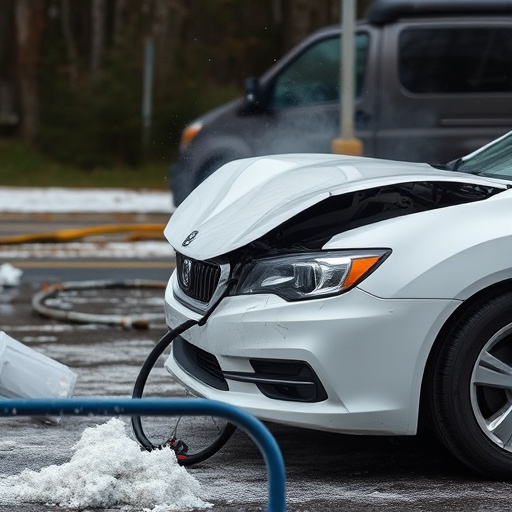
The art of dent repair has evolved significantly over the years, leaving a rich legacy that forms the foundation of modern auto body repair practices. Traditional methods, once the norm in auto body shops and collision repair centers, involved intricate manual labor and specialized tools tailored to specific dent removal techniques. Skilled technicians would meticulously shape metal panels back into their original form, often employing techniques like clamping, hammering, and hand filing. This hands-on approach required a deep understanding of materials and precise control, ensuring each dent was expertly addressed.
These conventional dent repair techniques have instilled a strong sense of craftsmanship within the industry, emphasizing quality and attention to detail. However, with technological advancements, hybrid dent repair techniques have emerged, combining the precision of modern tools with the expertise of traditional methods. This blend offers a more efficient and effective approach to auto body repair, catering to both classic and contemporary vehicle needs in collision repair centers worldwide.
Modern Innovations: Newer Techniques Emerge
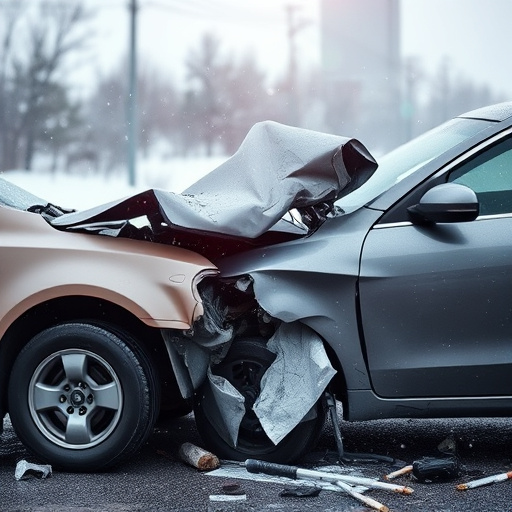
In the realm of dent repair techniques, modern innovations have sparked a revolution, offering both car owners and professional body shops a fresh array of options. Newer technologies and methods are emerging, combining the precision of digital tools with the artistry of traditional techniques to create hybrid dent repair solutions. These advancements aim to enhance efficiency, accuracy, and aesthetics in car scratch repair and bumper repair processes.
Automotive industry experts are leveraging computer-aided design (CAD) software and 3D printing to achieve intricate repairs. This digital approach ensures precise measurements and allows for the replication of complex car body panel shapes, making it an indispensable tool in modern dent repair workshops. While traditional methods like hand sanding and painting remain valuable, these new hybrid techniques offer faster turnaround times, reduced material waste, and superior long-term results, elevating the overall customer experience at car body shops.
Hybrid Approach: Combining Old and New for Optimal Results
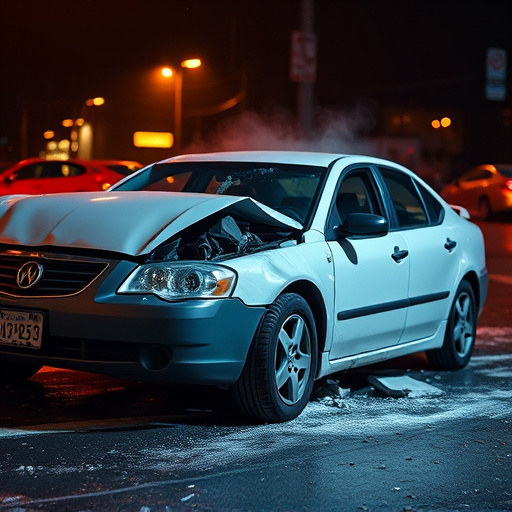
The world of dent repair has evolved significantly over the years, with a growing trend towards hybrid approaches that merge traditional methods with modern technology. This innovative strategy offers unparalleled precision and efficiency, ensuring optimal results for both automotive collision repair and car bodywork restoration. By combining old and new, skilled technicians can now address complex dent repairs in record time while maintaining exceptional quality.
Modern hybrid dent repair techniques leverage advanced tools and materials alongside time-tested methods. For instance, an automotive body shop might use specialized paintless dent repair (PDR) tools to gently push out dents, preserving the original factory finish. This process is then complemented by precision welding or bonding techniques for more severe damages, ensuring a seamless blend that’s nearly indistinguishable from the surrounding panel. Such hybrid approaches not only streamline the repair process but also contribute to cost-effectiveness and reduced downtime for vehicle owners.
In the realm of dent repair, combining traditional methods with modern innovations has emerged as a game-changer. The hybrid approach leverages the legacy of time-tested techniques while integrating newer technologies, resulting in optimal repair outcomes. By embracing both old and new, professionals can enhance efficiency, accuracy, and accessibility, making dent repair services more effective and convenient for all. These hybrid dent repair techniques underscore the continuous evolution of the industry, ensuring that vehicle aesthetics and value are preserved for years to come.
